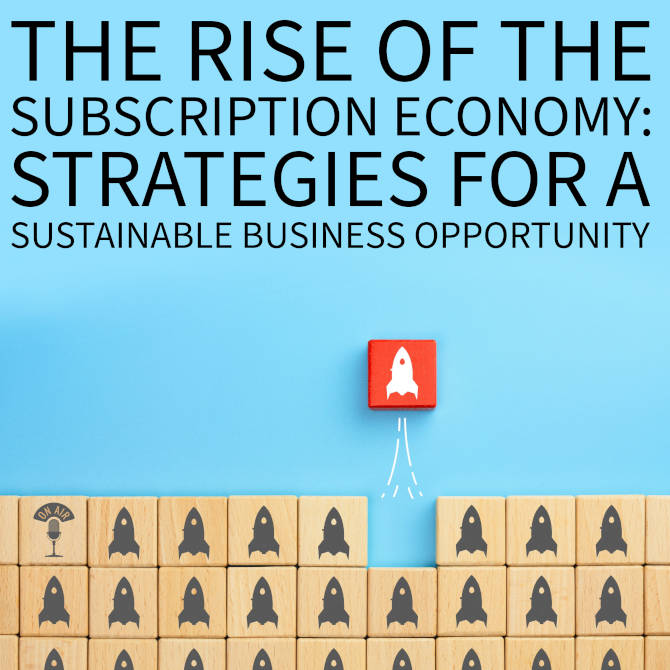Introduction: The Challenge of Going Viral with YouTube Shorts
I’ve been creating YouTube Shorts, which are extremely important at the moment, and was studying my statistics, and let me tell you, they are not great. Yes, I’m getting people watching my content, but there still is a massive drop off rate, which I’m obviously working on to fix.
Insights from a Former YouTube Employee: Optimising Shorts for Virality
Now, last night, YouTube’s algorithm obviously heard my brain ticking and decided last night that they were going to push a chap called Robert Benjamin’s video into my direction.
Now, Robert is a former employee of YouTube, and he shared some pretty valuable leaked information about the YouTube algorithm, which was disclosed by one of his mates at YouTube. This insider knowledge is specifically about YouTube Shorts and included a set of… Really valuable insights. He discussed their optimal length, whether to share short or long form content, how long your shorts should be, and how to revive them if they’re not performing well.
In theory, by implementing this advice, we can expect to gain more subscribers and viewers on YouTube.
Shall we start?
Key Tips for Creating Successful YouTube Shorts
The key takeaway is that most YouTube videos that go viral are around 20 seconds long, specifically between 17 to 25 seconds.
The Importance of Video Length in YouTube Shorts
Now this isn’t because of the video link or the likes. But rather because many creators are making their shorts too short or too long.
I sit in the latter creator’s patch, as I truly believed you needed to use the whole 60 seconds or 30 seconds. To get your message across, but actually both those leads to a decrease in watch time. And by trimming a 60 second video down to say 25 seconds on the same subject, you could actually increase watch time and keep viewers on YouTube for longer periods of time.
As a result, the YouTube algorithm will be more likely to recommend and promote your content to a wider audience. You see, in this situation, the YouTube algorithm actually operates by Pulling certain videos based on the topics. When someone is scrolling through the Shorts feed or searching for a particular topic, the algorithm aims to display the most relevant and engaging video.
So let’s imagine that YouTube has a pool of videos for a specific topic. And it chooses one to present to viewers in hopes of keeping them on the platform for longer and to satisfy their needs. Therefore, YouTube watch times and the relevance of your specific content to that topic are the two most critical factors to consider.
You must be aware of what your audience is interested in and produce content that meets their expectations and generates sufficient watch time. Then you have the very short video.
Avoiding Extremely Short Videos: Understanding YouTube’s Algorithm
The YouTube employee stated that videos less than 5 seconds long are definitely not recommended. When a video is that short, YouTube cannot determine if someone truly likes it, as there is not enough data to evaluate the content.
Therefore, videos that are 1, 2, maybe 3, 4 seconds long should definitely not be uploaded. Which makes total sense. And it’s down to the business model. Um, YouTube’s primary goal is to keep users engaged and returning to the platform. They don’t want them moving off to TikTok. So to achieve this, they use data from past videos watched and user preferences to recommend relevant content.
If a viewer stops watching a video halfway through, YouTube then interprets that as a lack of interest in the video or that specific creator. This can negatively affect views and cause videos to be deprioritized or even become obsolete. Which would mean that YouTube videos can die for two specific reasons.
Either they do not receive enough watch time, or there is no audience interested in that particular content. In the latter case, YouTube has no other audience to suggest it to, hence dies.
He does go on and state that if a video dies, what would be the best thing to actually do? Well, the best approach is to use the insights gained from that video and create a new one, rather than trying to revive it by changing the thumbnail or any other element.
Utilising Short Videos as a Testing Ground for Long-Form Content
The YouTube employee suggested that the most effective way to grow on Shorts is to post a video, and if it performs well, continue creating more content in that vein. You should also consider making long form content based on what you learned from the successful Short video. This makes YouTube Shorts a great way to judge on the direction that you should be making long form videos. We can call it a 20 second survey.
My Strategy: Create a List of Topics for YouTube Shorts
So I’ve created a massive list of subjects for me to cover, around 60 of them, and based on my average speaking speed, that would mean that each subject for a YouTube short script would have to be around 40 words long, enabling me to fit it into a 20 second video.
And I have no idea how I’ll fit the likes of crisis management and reputation repair. In 20 seconds. I’ll try.
A Real-Time Example: Demonstrating a 20-Second YouTube Short
Okay, so here it goes.
Do tell me what you think.
Proactively monitor your online presence to prevent a reputation crisis. Respond quickly and authentically to negative feedback. Foster transparency and accountability. Use my tips to manage crises effectively and repair your reputation.
Okay, so that took 20 seconds. And I know I’m not going to get any award for that content, as I know I can talk about the subject for at least two hours and. The idea around creating so many subjects for me is to target a wider audience by using relevant descriptions, titles, and tags.
Leveraging YouTube’s Seeding Process for Audience Targeting
So then YouTube, in its wisdom, will seed the right audience, my content, and it’ll also enable me to see what subjects perform the best to turn into long form video. You know, I make long form videos and it’s pointless making long form videos on subjects that people aren’t interested in. You see, YouTube’s seeding process is…
Actually quite interesting, essentially, when you upload a video, YouTube tries to identify who might be interested in the video. And that’s based on the title, the description and the tags. And as I mentioned earlier, the video is then seeded into a small audience. And if it performs well, it’ll be pushed to more people.
This is why it can take several hours or even days for some shorts to gain views. However, once YouTube finds an interested audience, the video will be continually promoted. It’s important to note that videos on YouTube can be evergreen, meaning they can continually gain views long after their initial posting.
Understanding the Longevity of YouTube Content
This is different from other platforms like Instagram, TikTok, LinkedIn, and Facebook, where these posts tend to have a much shorter lifespan.
Conclusion: Learning and Improving with Each Video
Therefore, rather than becoming discouraged by poor performance, we need to learn from our experience and strive to do better the next time we make a video. Anyway, I thought I would share that with you.
Closing Remarks and Call to Action
I hope you all have a lovely weekend. Don’t forget to follow, subscribe, like and all that malarkey. Uh, by all means, contact me if you want some further information on anything. Otherwise, bye bye now.











